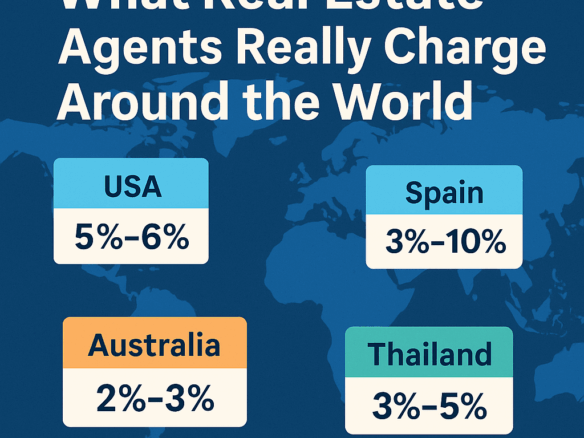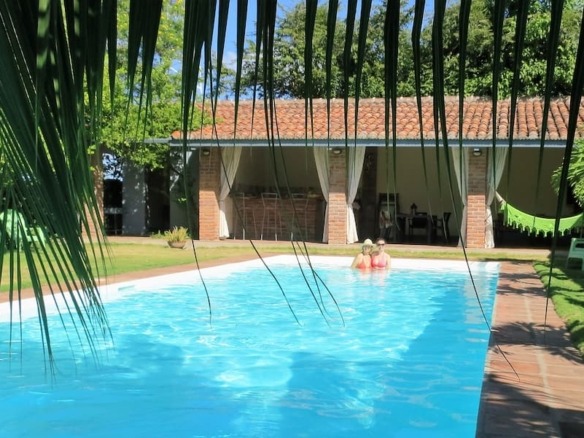When it comes to offshore properties, there are lots of obvious destinations. However, you are sure to find some gems if you are willing to look off the beaten path with your investment. Panama is one offshore property investment destination that you can no longer ignore as a savvy property investor.
Inflation in the country has hovered below 1.5% for more than 3 decades. Unemployment is rate is just 6% and the country is adjudged to be one of the most peaceful in the region. Add to the fact that you can always find a slew of investment opportunities in its property market and you can understand why more investors are beginning to take note.
The process of choosing a property in Panama is similar to choosing a property anywhere else in the world but this piece covers some interesting points that can save you money.
Get a Title Report
You can expect the real estate agent or the property owner to provide the title number for the property. The country’s registry website (www.registro-publico.gob.pa) shows important information on specific real estate including details on liens, court orders, attachments, mortgages and measurements.
Get into Agreement
When purchasing real estate in Panama, there are 2 contracts you will have to work with: Promise to Buy and Purchase and Sale. In the former, you can expect to find the following:
· Legal description of the property
· Deadline for Title Transfer
· The Price
· Various stipulations that are deemed important to the transaction
You will be required to deposit 10% of the purchase price for the contract to take effect. Both contracts are binding for both parties. There is usually a penalty to be paid if either party opts out of the contract, unless it can be proven that the other party failed to meet a condition. It is important therefore, to only enter into the Promise To Buy Contract when you are certain of going ahead with the purchase. The contract might be in Spanish. Get a perfect translation before you sign the contract.
Get a survey
If your target real estate property was registered or built between the 1940s and 1960s, you may need to hire a surveyor to confirm that boundaries are as described. Some of the properties from this era in the Public Registry do not have precise survey results. When purchasing land, it is advisable to put the price per square meter in the purchase contract instead of just the full sales price. This is to ensure that price can be changed to reflect squares of meters being sold. If you intend to get a survey, ensure that you have enough time allocated in the purchase agreement.
Title and Full Payment
If you run into a seller insisting on full payment before the title deed is filed with the public registry, do not enter an agreement. The seller may not show motivation to record the deed after receipt of payment. If you retain strong interest in the property, there are a few workarounds. First, you can get a Promise to Pay Letter from a Panama bank. This is a guarantee that the seller will be paid when title is transferred. Secondly, you can set up and Escrow account with a reputable escrow company. The company will pay the seller only after the title has been transferred to you and is clear of all encumbrances. Thirdly, you can pay cash to the seller in front of the Notary which will serve as an official witness for the transaction.
With these steps, you can avoid possible complications after you have parted with money.




